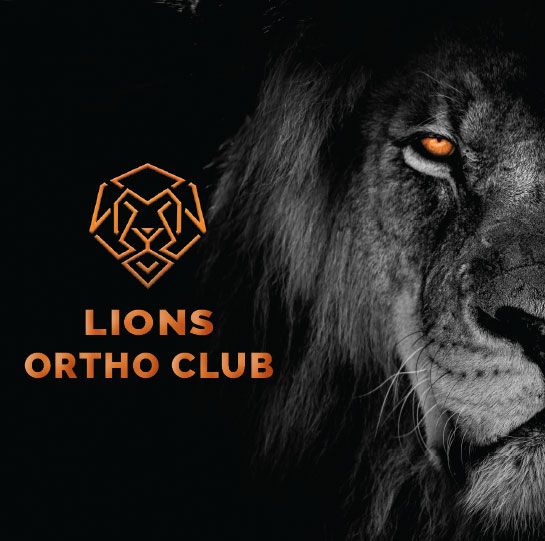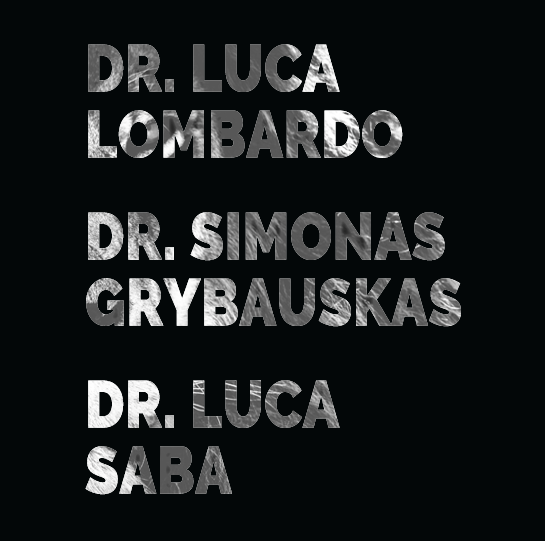Our website uses cookies. By using our website, you consent to our use of cookies in accordance with our Cookies Policy.
-
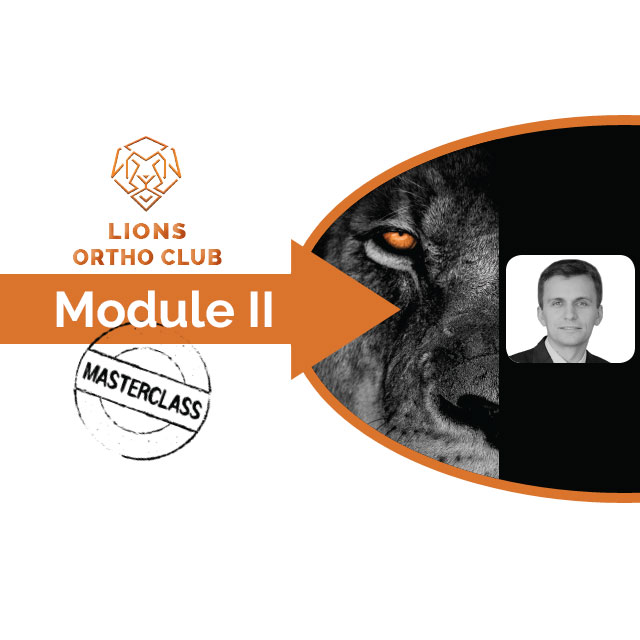 13-14.06
13-14.06
LIONS – Module II
-
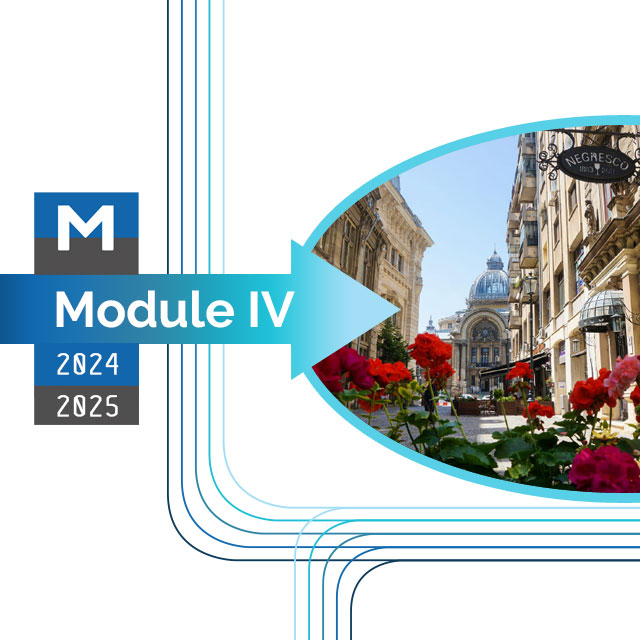 4-6.07
4-6.07
Mirabella Orthodontic Program – Module IV
-
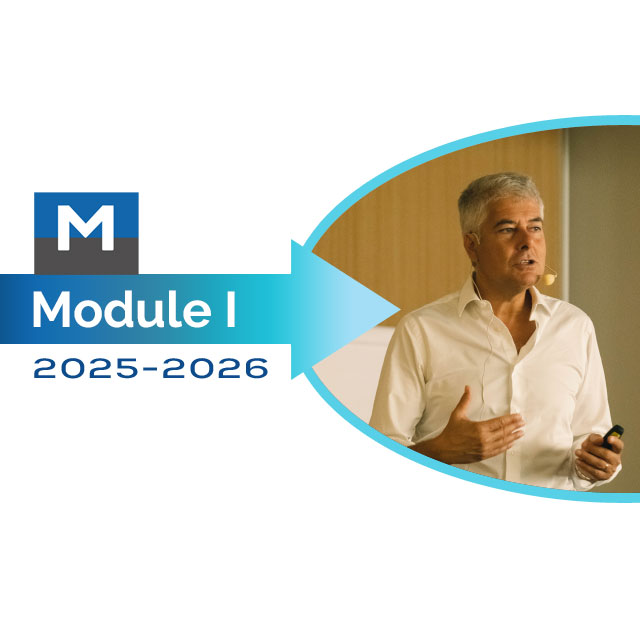 17-19.07
17-19.07
Mirabella Orthodontic Program – Module I
-
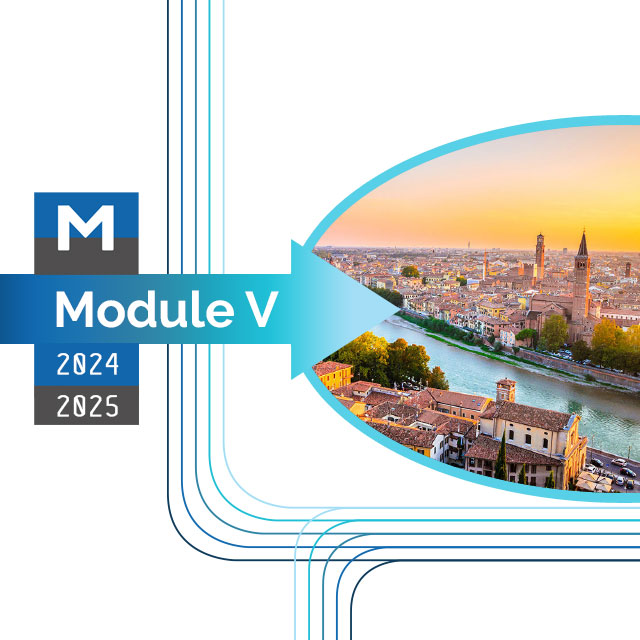 4-6.09
4-6.09
Mirabella Orthodontic Program – Module V
-
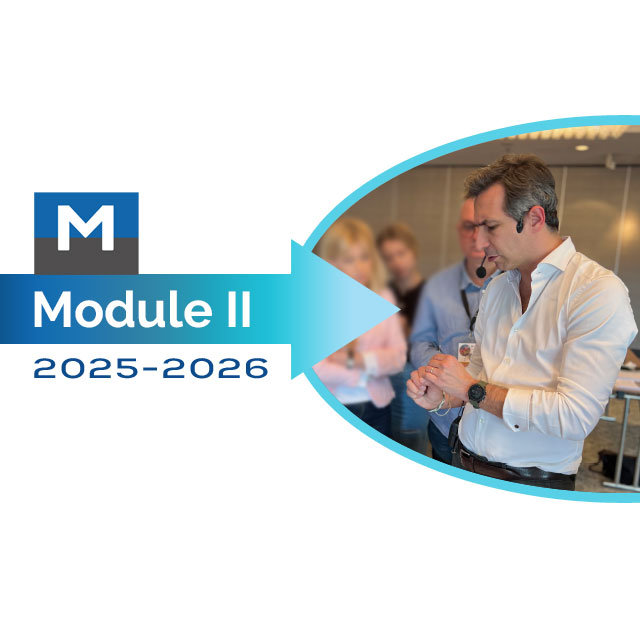 12-14.09
12-14.09
Mirabella Orthodontic Program – Module II
-
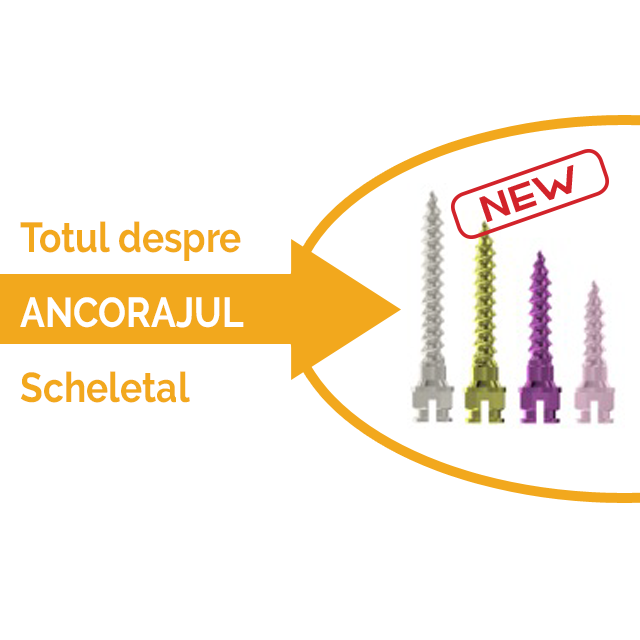 19-20.09
19-20.09
TOTUL DESPRE ANCORAJUL SCHELETAL - IASI
-
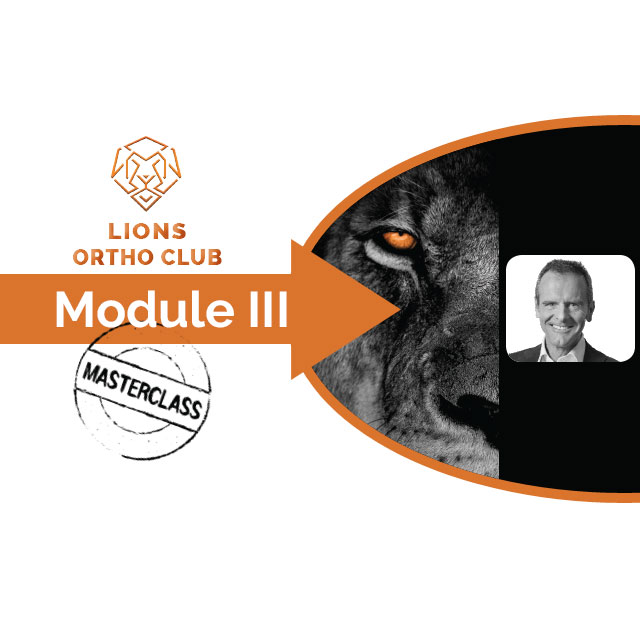 10-11.10
10-11.10
LIONS – Module III
-
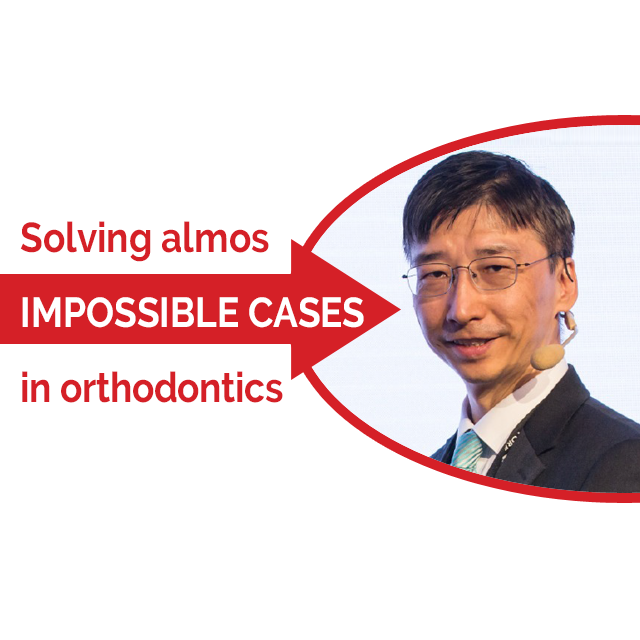 1-2.11
1-2.11
MARPE and clinical troublehooting
-
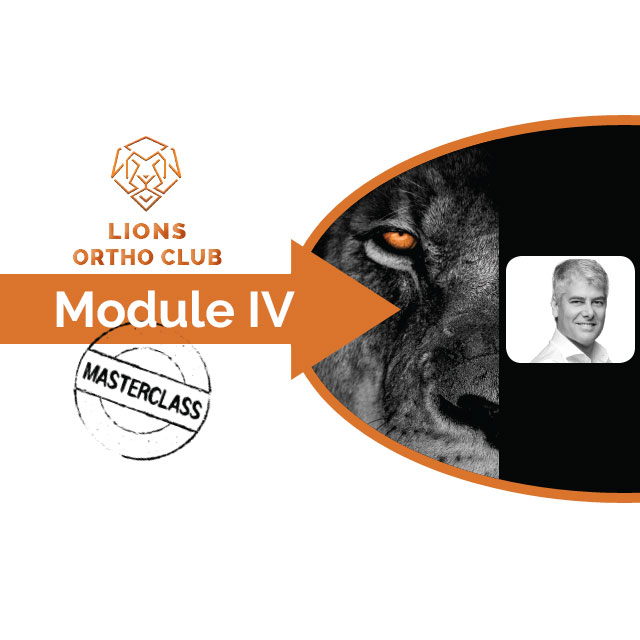 7-8.11
7-8.11
LIONS – Module III
×
Login Form
×
Registration
Profile Informations
Login Datas
or login
Details
SOLVING ALMOST IMPOSSIBLE CASES IN ORTHODONTICS - Mastering latest biomechanics for maximum transverse control and critical troubleshooting in tooth movement with Prof. Dr. Kee-Joon LEE
November 1-2, Bucharest (Hotel Sheraton)
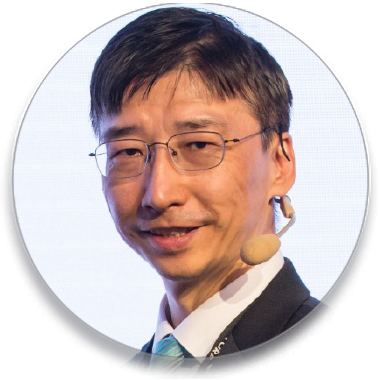
Prof. Dr. Kee-Joon LEE
Prof. Dr. Kee-Joon LEE
• President of WIOA• Professor, Department of Orthodontics, Yonsei University, Korea
• Visiting scholar, Dept of Biochemistry, University of Pennsylvania (2002~2004)
• Adjunct professor, Department of Orthodontics, University of Pennsylvania(2010~2011, 2016~2019), Temple University(2010~2011)
• Visiting Scholar, the Children’s Hospital of Philadelphia (2010~2011)
• The Inventor of MARPE skeletal anchorage concept in 2009
Mastering latest biomechanics for maximum transverse control and critical troubleshooting in tooth movement
Prof. Dr. Kee-Joon LEE
Day 1 - Latest updates of MARPE biomechanics for maximum success
Transverse discrepancy is not easily recognized by the patient and the orthodontic envelope of discrepancy is reportedly narrow in the transverse direction, which is why surgically assisted palatal expansion is recommended for the correction of maxillary transverse deficiencies in grown-up patients. However, in case of transverse deficiencies, the timing and modality for the transverse correction is often questioned. The validity of either surgical or nonsurgical treatment possibilities need to be discussed based on the following aspects.
• Is the MARPE must for orthopedic expansion in adults? Can regular RPE split the suture?
• If yes, then why bother to use MARPE, using additional miniscrews?
• Again, why MARPE, not bone-borne RPE?
• How about the stability after MARPE?
• What is the success rate of suture separation? What are the solutions for possible non-separation?
• Does failure of separation mean SARPE? If not, what is in-between?
• What is the expansion protocol? ‘rapid for adult’ and ‘slow for child’? Or the opposite?
• In case of nonseparation, more rapid or more slow expansion?
• RPE for children vs MARPE for adults? Or the opposite?
Day 2 - Critical troubleshooting for ‘mission impossible cases’: ankyloses, root resorption, periodontal breakdown and more
There are cases where there is no solution no matter how hard orthodontic treatment has been done such as ankyloses, root resorption and periodontal breakdown. Individual methods have to be established not by clinical trial but by deductive reasoning based on biological evidence. In addition, we need to establish an optimized treatment plan according to the patient's age and other conditions. We will disclose the blue ocean of orthodontic treatment through many cases treated through biomechanical reverse speculation.
• How on earth do we treat ankylosed tooth?
• How to detect ankyloses
• Why early detection is important
• Why root resorption?
• What to do in short-rooted cases
• What to do for periodontally compromised cases
• Why noninvasive approach for maximum orthopedic correction
Day 1
9:00 - 10:20Why transverse?
How to diagnose transverse problem? How to apply transverse correction to severe crowding case?
10:50 - 12:10
Why MARPE? (biomechanical rationale)
MARPE vs bone-borne RPE
RPE vs continuous arch wire?
Appliance selection
12:10 - 12:30
Question and answer
12:30 - 13:30
Lunch break
13:30 - 14:50
Practical guidelines for MARPE practice
Regional anatomy. How to activate: rapid or semirapid expansion?
HANDS-ON PRACTICE: LATEST VERSION OF BONE-RPE & MARPE
15:20 - 16:40
Clinical application: Open bite, Class III and asymmetry
Troubleshooting for nonseparation case
16:40 - 17:00
Question and answer
Day 2
9:00 - 10:20How to deal with ankylosed tooth. Biological rationale. Reason for early detection.
In case of late diagnosis what can we do?
10:50 - 12:10
How to deal with root resorption
Biological rationale. Reason for early detection. What can we do for short roots? How can we elongate roots?
12:10 - 12:30
Question and answer
12:30 - 13:30
Lunch break
13:30 - 14:50
How to deal with periodontal breakdown
Pathologic migration – why early detection? Precision orthodontics using Cres.
15:20 - 16:40
Orthopedics – myths and truths
Maxillary expansion and airway
Airway-friendly orthodontics
Rationale of maximum and repeated maximum expansion
16:40 - 17:00
Question and answer

